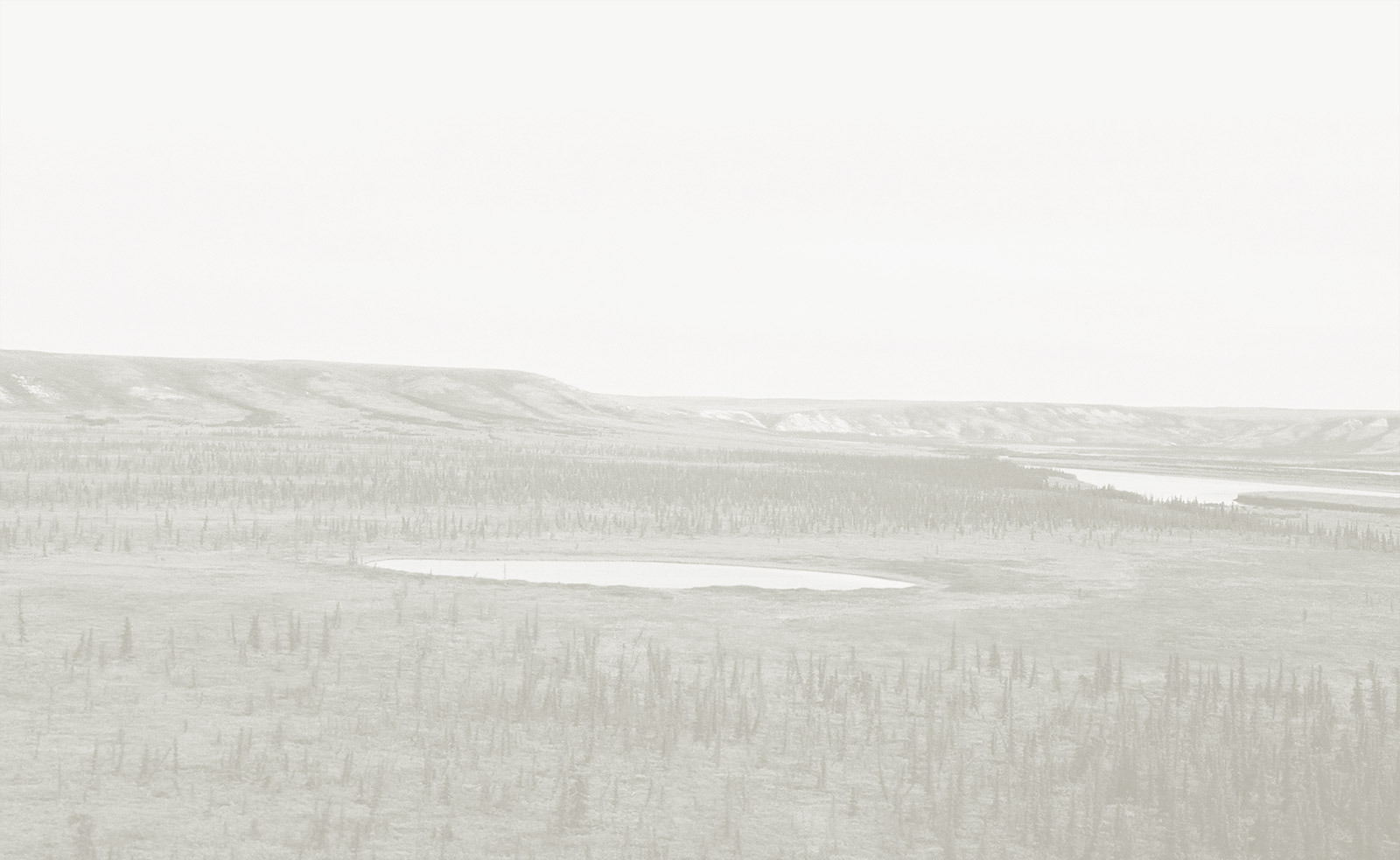


Iqaluksiun, niksik, ipiutaq
Fishing tackle was used for catching fish in rivers and streams during the open water season, and for jigging through holes chiseled through ice in winter and spring. Fishing tackle in the MacFarlane Collection includes fishing rods (iqaluksiun) with lines (ipiutaq) made from baleen, and bone and antler lures (niksik) with iron hooks. Less commonly, fishhooks were made from wood.
"(…) hooks are often fitted with pieces of green or white soapstone used as combined baits and sinkers(…) others of ivory, in the shape of small fish with eyes of blue or red glass beads and projecting fins." (Émile Petitot, quoted in Savoie, 1971: 183)
"Out of weed, the Eskimos make fishooks." (Émile Petitot, quoted in Savoie, 1971: 183)